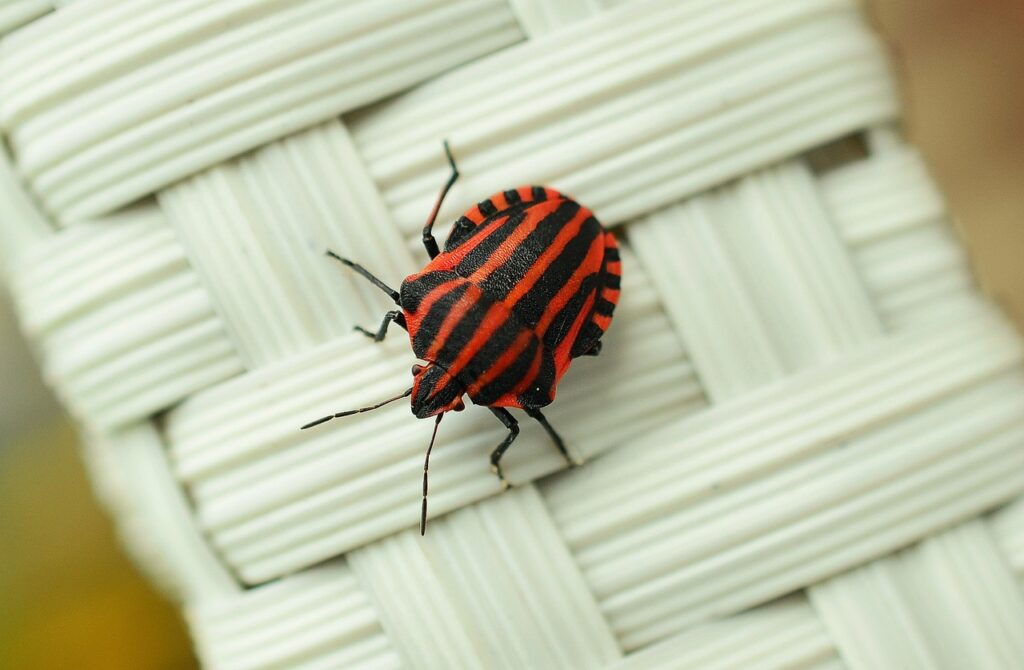Picture this: you’re a scientist in 1935, watching as thousands of beetles are released into Hawaii’s sugarcane fields. These small, seemingly harmless creatures were supposed to be heroes, saving crops from devastating pests. Instead, they became ecological villains, wreaking havoc on native species and disrupting entire ecosystems. This scene has played out countless times across the globe, turning nature’s own pest control system into an environmental nightmare.
The Dark Side of Nature’s Pest Control
Biocontrol seemed like the perfect solution when it first emerged as a mainstream pest management strategy. Scientists thought they could outsmart nature by introducing one species to control another, creating a balanced ecosystem where crops would thrive without harmful chemicals. The concept was beautiful in its simplicity: why spray toxic pesticides when you could deploy living organisms to do the job?
However, this biological chess game often spiraled out of control in ways no one anticipated. The introduced species didn’t always stick to their assigned targets, and ecosystems proved far more complex than researchers initially understood. What started as elegant solutions frequently became ecological disasters that took decades to understand and even longer to fix.
When Cane Toads Conquered Australia
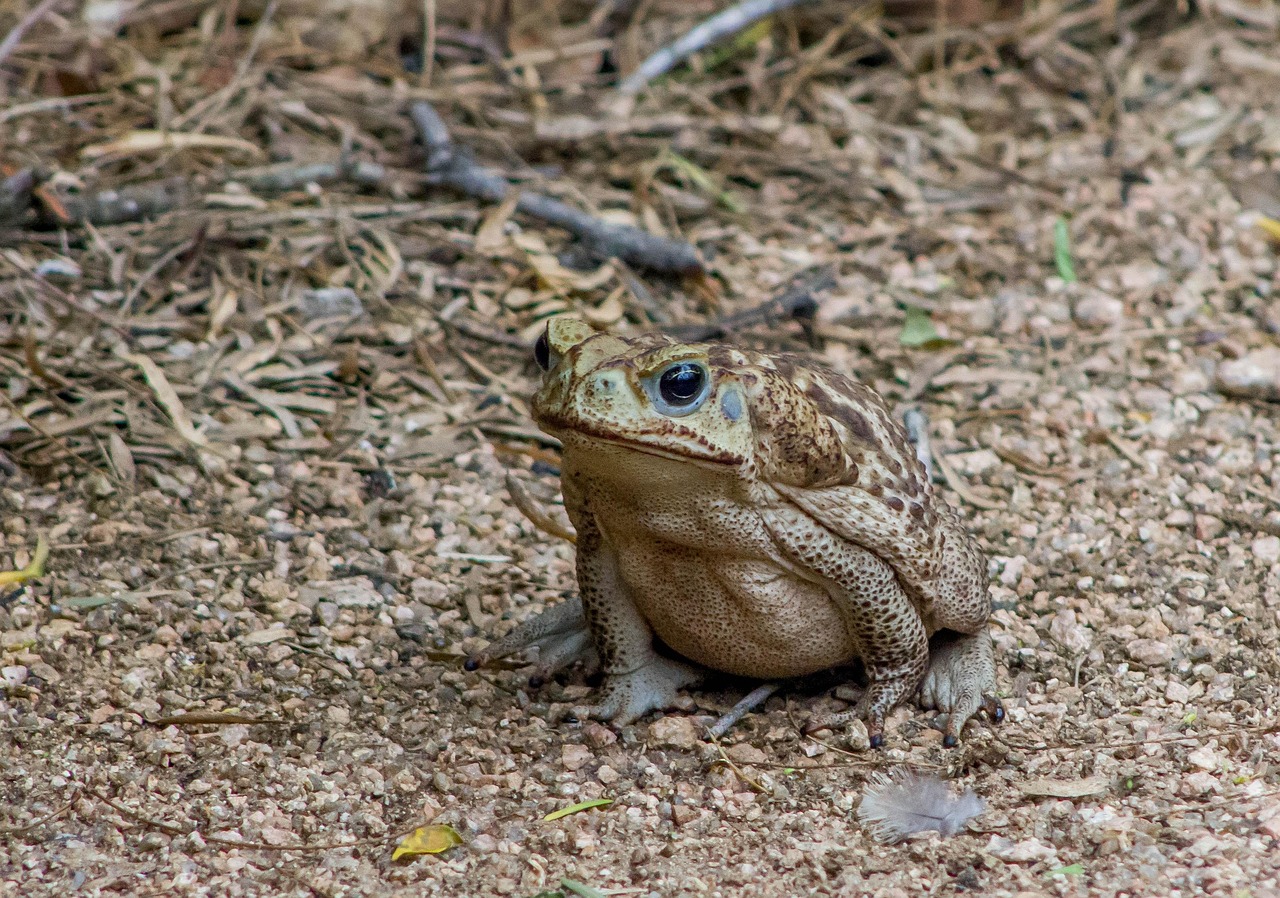
Australia’s cane toad invasion stands as perhaps the most notorious example of biocontrol gone catastrophically wrong. In 1935, roughly 100 cane toads were introduced to Queensland to control beetle pests in sugarcane crops. These warty amphibians were supposed to be the silver bullet that would save Australia’s sugar industry from destructive insects.
Fast forward to today, and Australia is home to over 200 million cane toads spreading across the continent like a toxic tide. The toads barely touched the original beetle problem but instead became ecological terrorists, poisoning native predators and competing with indigenous species for resources. Their toxic skin secretions kill snakes, lizards, and other animals that attempt to eat them, creating a domino effect of ecological destruction.
The cane toad catastrophe demonstrates how a single miscalculation can unleash an unstoppable force of nature. These amphibians continue their relentless march across Australia, proving that some biocontrol mistakes can’t be undone.
The Mongoose That Missed Its Mark
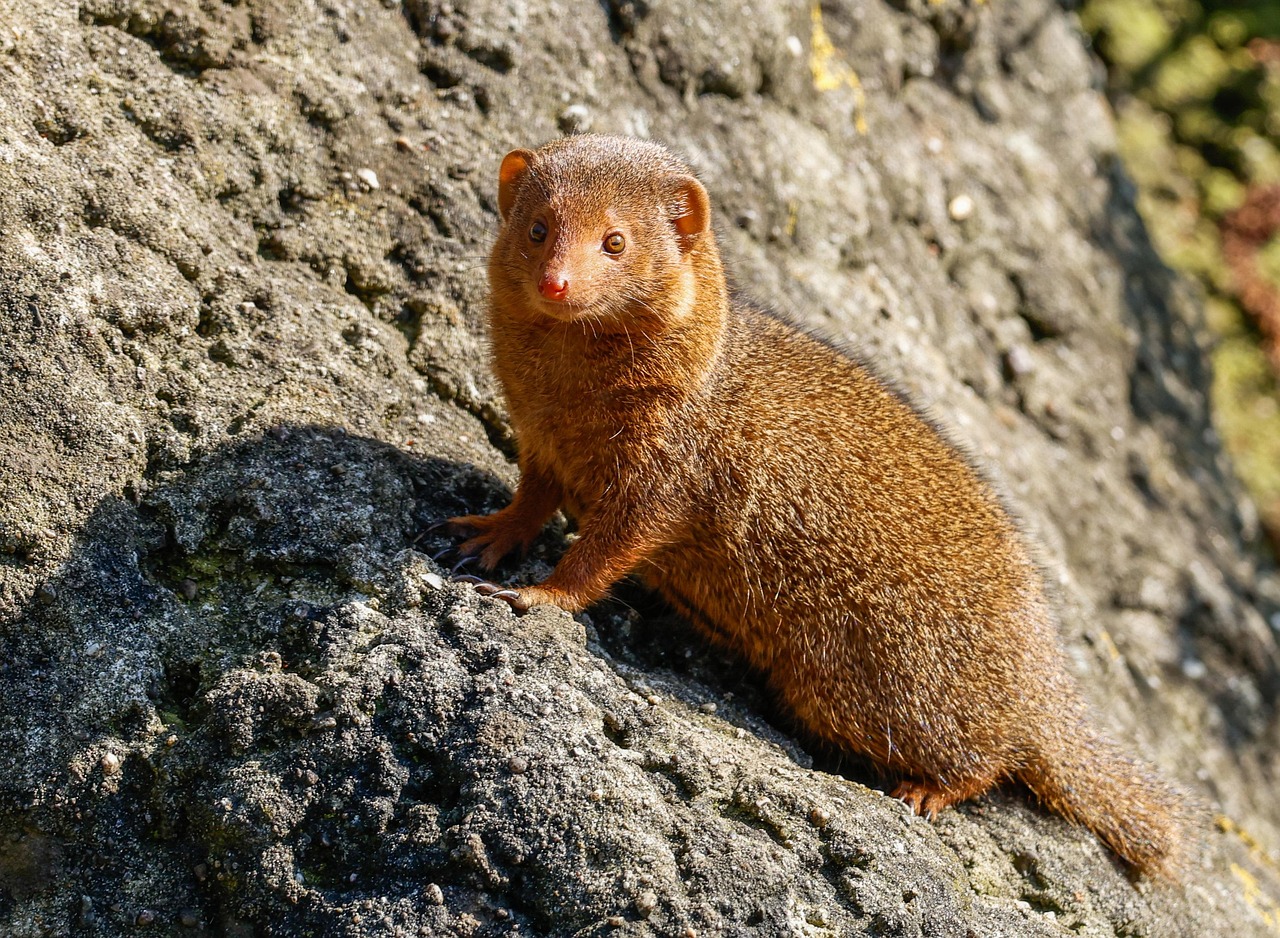
Hawaii’s mongoose introduction in 1883 reveals another shocking example of biocontrol backfiring spectacularly. Sugar plantation owners imported these agile predators to control rat populations that were destroying their crops. The plan seemed foolproof: mongooses were natural rat hunters with lightning-fast reflexes and an insatiable appetite for rodents.
The fatal flaw in this biological strategy became apparent almost immediately. Mongooses are primarily daytime hunters, while rats are nocturnal creatures. Instead of engaging in epic battles with their intended prey, the mongooses found easier targets among Hawaii’s ground-nesting birds and their eggs. Native species like the Hawaiian goose and various seabirds became victims of these imported predators.
Today, Hawaii’s mongoose population has exploded to an estimated 100,000 individuals, while rat problems persist largely unchanged. The mongooses have become permanent residents, contributing to the decline of several native bird species and demonstrating how biocontrol can miss its target entirely while causing collateral damage.
Purple Loosestrife: Beauty Becomes Beast
Sometimes the most devastating biocontrol failures involve plants that were never intended for pest control at all. Purple loosestrife arrived in North America in the 1800s as an ornamental plant, admired for its striking purple flower spikes. Gardeners and landscapers had no idea they were introducing what would become one of the continent’s most aggressive invasive species.
This seemingly innocent wildflower quickly escaped cultivation and began colonizing wetlands across the United States and Canada. Purple loosestrife forms dense monocultures that crowd out native plants, fundamentally altering wetland ecosystems. A single plant can produce over 2.5 million seeds annually, creating an unstoppable reproductive juggernaut.
The ecological damage extends far beyond displaced plants. Waterfowl lose critical food sources, amphibians lose breeding habitat, and entire wetland food webs collapse under the purple invasion. What started as a beautiful addition to gardens became a biological weapon against North America’s wetland ecosystems.
The Kudzu Nightmare That Ate the South
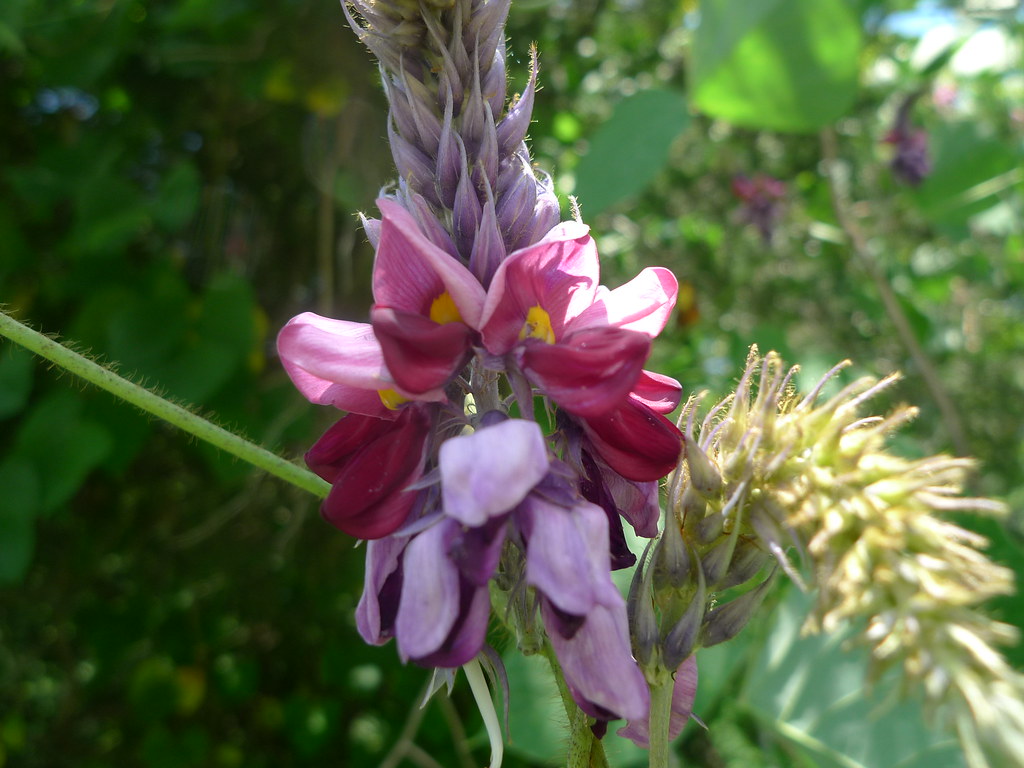
Kudzu’s transformation from miracle plant to ecological monster represents one of America’s most visible biocontrol disasters. Introduced from Japan in the 1930s to combat soil erosion, this fast-growing vine was promoted by the U.S. government as a solution to agricultural problems across the southeastern states. Farmers were actually paid to plant kudzu, and it was hailed as a wonder plant that would revolutionize land management.
The vine’s incredible growth rate, initially seen as an asset, quickly revealed its terrifying potential. Kudzu can grow up to a foot per day during peak growing season, smothering everything in its path including trees, power lines, and abandoned buildings. The plant’s aggressive nature earned it the nickname “the vine that ate the South,” as it consumed entire forests and transformed landscapes into green, leafy graveyards.
Modern estimates suggest kudzu covers over 7 million acres across the southeastern United States, with the invasion continuing to spread northward. The annual cost of kudzu damage and control efforts exceeds $500 million, making it one of the most expensive biological mistakes in American history.
Asian Carp: The Aquatic Bulldozers
Water-based biocontrol failures often prove even more devastating than their terrestrial counterparts, and Asian carp exemplify this aquatic nightmare. These fish were originally introduced to American aquaculture facilities in the 1970s to control algae and improve water quality in catfish ponds. Their voracious appetite for aquatic vegetation seemed like the perfect solution to maintaining clean fish farming operations.
Flooding events in the 1990s allowed these fish to escape into the Mississippi River system, where they encountered no natural predators and unlimited food sources. Asian carp reproduce rapidly and can consume up to 20% of their body weight daily, quickly overwhelming native fish populations. Their feeding habits stir up sediment and destroy aquatic vegetation, fundamentally altering river ecosystems.
The economic impact has been staggering, with commercial fishing operations reporting dramatic declines in native fish catches. These aquatic invaders continue their relentless march toward the Great Lakes, threatening one of North America’s most valuable freshwater ecosystems. Their presence has forced expensive barrier systems and ongoing monitoring efforts that cost millions of dollars annually.
The Starling Invasion That Started with Shakespeare
One of history’s most bizarre biocontrol failures began with a literary obsession rather than agricultural necessity. In 1890, Eugene Schieffelin released 60 European starlings in New York’s Central Park as part of his misguided mission to introduce every bird species mentioned in Shakespeare’s works to North America. This seemingly harmless tribute to literature unleashed an ecological disaster that continues to this day.
European starlings proved remarkably adaptable to North American environments, rapidly expanding their range across the continent. These aggressive birds compete with native species for nesting sites, often driving cavity-nesting birds like woodpeckers and bluebirds from their homes. Their flocking behavior creates massive roosts that can damage trees and create public health concerns.
Today, North America hosts an estimated 200 million starlings, making them one of the continent’s most abundant bird species. Agricultural damage from starling flocks costs farmers millions of dollars annually, while their impact on native bird populations continues to ripple through ecosystems. This literary-inspired introduction demonstrates how even well-intentioned actions can trigger massive ecological consequences.
Zebra Mussels: Small Shells, Big Problems
The zebra mussel invasion represents a masterclass in how tiny organisms can create enormous ecological and economic havoc. These thumbnail-sized mollusks arrived in the Great Lakes during the 1980s, likely transported in the ballast water of ships from Europe. Initially, some researchers hoped these filter-feeders might help improve water quality by removing excess nutrients and algae.
Instead, zebra mussels became biological vacuum cleaners that stripped too much plankton from the water, starving native fish and disrupting entire food webs. Their razor-sharp shells carpet lake bottoms and shorelines, making recreational activities dangerous and destroying native mussel populations. A single zebra mussel can filter up to a liter of water per day, and their colonies can contain thousands of individuals per square meter.
The economic damage has been catastrophic, with zebra mussels clogging water intake pipes, fouling boat hulls, and requiring expensive removal efforts. Annual costs for zebra mussel control and damage repair exceed $1 billion across the Great Lakes region. These tiny invaders prove that size doesn’t determine the scale of ecological destruction.
The Rabbit Plague That Overran a Continent
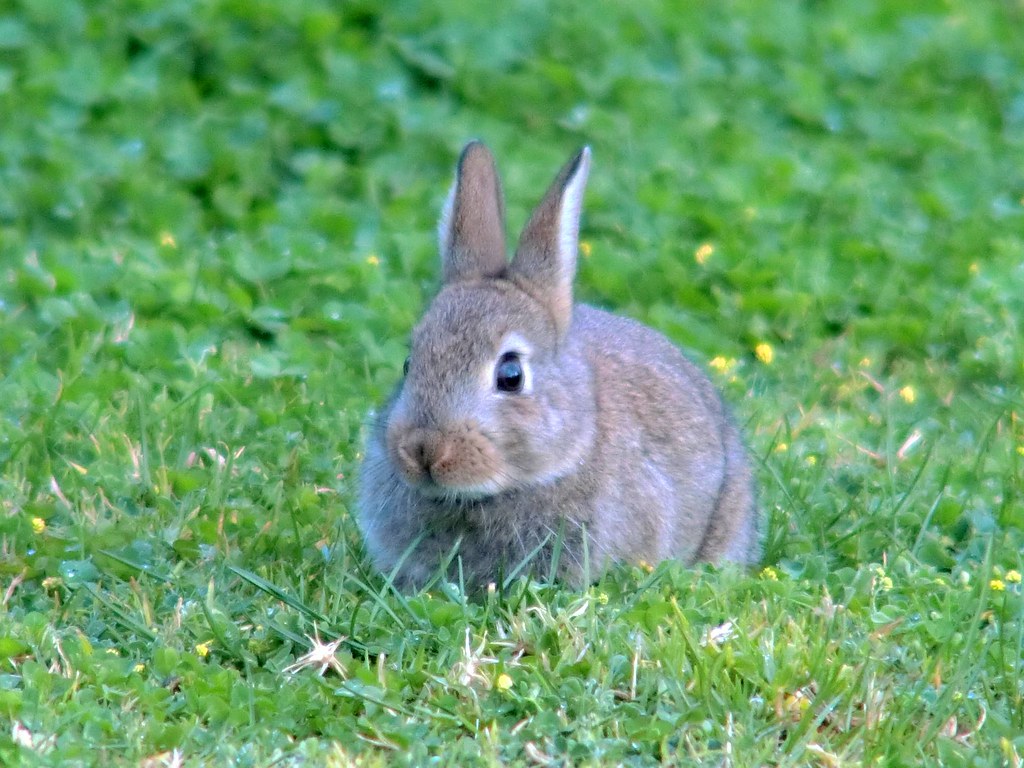
Australia’s rabbit invasion began with a single act of homesickness that would reshape an entire continent’s ecology. In 1859, Thomas Austin released just 24 rabbits on his property in Victoria, hoping to recreate the hunting experiences of his English homeland. These seemingly innocent herbivores would multiply into one of the most destructive biological invasions in recorded history.
The exponential rabbit population explosion defied all expectations and overwhelmed Australia’s ecosystems. Within decades, rabbit numbers reached into the hundreds of millions, creating a furry tide that devoured native vegetation and competed with indigenous wildlife for resources. Their burrowing activities caused severe soil erosion, while their grazing pressure eliminated plant species that had evolved over millions of years.
Desperate control efforts included the construction of a 1,800-mile rabbit-proof fence across Western Australia, along with bounty programs and the introduction of diseases like myxomatosis. Despite these massive interventions, rabbits remain one of Australia’s most persistent ecological problems, causing an estimated $600 million in annual agricultural damage.
House Sparrows: The Unwanted Urban Colonizers
The house sparrow’s introduction to North America reveals how even small, seemingly harmless birds can become ecological bulldozers when removed from their natural constraints. These compact songbirds arrived in the 1850s through multiple introduction events, primarily in New York and other eastern cities. Urban planners and citizens thought these familiar European birds would help control insect pests while adding charm to growing American cities.
House sparrows quickly demonstrated their aggressive nature, outcompeting native bird species for nesting sites and food resources. Their adaptability to urban environments gave them significant advantages over indigenous birds that had evolved in different ecological contexts. These introduced birds also displayed surprising dietary flexibility, consuming crops and seeds that native species depended upon.
The sparrow invasion contributed to the decline of several native bird species, particularly other seed-eating songbirds. Their success in urban environments created a biological monoculture that reduced avian diversity across many North American cities. Today, house sparrows are so common that many people assume they’re native species, demonstrating how successful invaders can rewrite ecological history.
The Gypsy Moth’s Silk Road to Destruction
The gypsy moth’s introduction to North America began with entrepreneurial dreams that quickly became ecological nightmares. In 1869, French scientist Étienne Léopold Trouvelot brought gypsy moth eggs to Massachusetts, hoping to crossbreed them with silkworms to create a hardy silk-producing insect for American industry. Some of these moths accidentally escaped from his laboratory, beginning one of the most destructive insect invasions in North American history.
These voracious caterpillars proved capable of completely defoliating forests across vast areas, stripping millions of trees of their leaves and weakening entire ecosystems. A single gypsy moth caterpillar can consume up to one square foot of foliage daily, and their population explosions can produce billions of individuals in outbreak years. The sight of completely bare forests in mid-summer became a haunting symbol of biological invasion.
The economic and ecological costs continue to mount more than 150 years after the original escape. Annual damage and control costs exceed $100 million, while repeated defoliation events have killed millions of trees and altered forest composition across the northeastern United States. This industrial accident demonstrates how biocontrol experiments can escape laboratory settings with devastating consequences.
Fire Ants: The Burning Invasion
Red imported fire ants arrived in North America as stowaways, but their impact rivals any deliberately introduced biocontrol disaster. These aggressive insects likely arrived in Mobile, Alabama, during the 1930s in soil used as ship ballast. Their painful stings and aggressive colonial behavior quickly made them one of the most feared invasive species in the southern United States.
Fire ants construct large mounds that can house hundreds of thousands of individuals, creating fortress-like colonies that dominate local ecosystems. Their omnivorous diet includes insects, small vertebrates, and plant material, allowing them to displace native ant species and disrupt established food webs. When threatened, entire colonies can mobilize within minutes, delivering coordinated attacks that can kill small animals and seriously injure larger ones.
The agricultural and medical costs of fire ant invasions exceed $6 billion annually across the southern United States. These insects damage crops, kill livestock, and send thousands of people to hospitals each year due to severe allergic reactions. Their continued spread northward threatens to expand this zone of ecological and economic destruction even further.
Water Hyacinth: The Beautiful Menace

Water hyacinth exemplifies how ornamental plants can become aquatic monsters when introduced to new environments. This floating plant, admired for its striking purple flowers and glossy green leaves, was introduced to North America in the 1880s as a decorative water garden plant. Its rapid growth and beautiful blooms made it a popular choice for ornamental ponds and water features.
The plant’s incredible reproductive capacity quickly transformed it from garden ornament to ecological disaster. Water hyacinth can double its population every two weeks under ideal conditions, forming dense mats that completely cover water surfaces. These floating carpets block sunlight from reaching submerged plants, deplete oxygen levels, and create anaerobic conditions that kill fish and other aquatic life.
Navigation becomes impossible in heavily infested waterways, while the plant’s dense growth provides breeding habitat for disease-carrying mosquitoes. Control efforts cost millions of dollars annually, yet water hyacinth continues to spread throughout warm-water systems across the southern United States. This beautiful plant proves that aesthetic appeal means nothing when ecological destruction is the result.
The Emerald Ash Borer’s Green Devastation
The emerald ash borer’s arrival in North America represents one of the most recent and devastating examples of accidental biocontrol failure. This metallic green beetle, native to Asia, likely arrived in wooden packaging materials during the 1990s. Its larvae feed exclusively on ash trees, creating serpentine galleries under the bark that eventually kill their hosts.
The beetle’s impact on North American ash trees has been absolutely catastrophic, with estimates suggesting it has killed over 100 million trees since its detection in 2002. Entire ash forests have been reduced to standing dead timber, creating fire hazards and fundamentally altering forest ecosystems. The beetle’s spread rate of 12-15 miles per year has made containment efforts largely ineffective.
Economic losses exceed $10 billion in forest products, municipal tree replacement costs, and property value reductions. The ecological impact extends far beyond the trees themselves, as numerous species that depend on ash trees for food and habitat face uncertain futures. This tiny beetle demonstrates how specialized invasive species can eliminate entire tree species from vast landscapes.
Learning from Nature’s Mistakes
The catalog of biocontrol disasters reveals recurring patterns that continue to challenge scientists and policymakers. Most failures share common characteristics: inadequate research, underestimation of ecological complexity, and overconfidence in humanity’s ability to control natural systems. These mistakes have cost billions of dollars and caused irreversible ecological damage across multiple continents.
Modern biocontrol efforts now employ more rigorous testing protocols, including extensive laboratory studies and quarantine periods before any releases occur. Scientists have learned to consider entire ecosystems rather than focusing on single species relationships, though the complexity of natural systems still presents enormous challenges. The development of genetic tools and advanced modeling techniques offers hope for more precise interventions.
However, climate change and global trade continue to accelerate the pace of biological invasions, creating new opportunities for biocontrol failures. The interconnected nature of modern ecosystems means that mistakes can spread faster and farther than ever before. Each historical disaster serves as a reminder that nature’s complexity often exceeds human understanding, and the consequences of getting it wrong can last for generations.
The stories of biocontrol gone wrong serve as humbling reminders that nature operates by rules we’re still learning to understand. From cane toads poisoning Australia’s wildlife to kudzu consuming entire forests, these biological disasters demonstrate the unintended consequences of human intervention in natural systems. While modern science has improved our ability to predict and prevent such catastrophes, the fundamental challenge remains: how do we work with nature’s complexity rather than against it? The next time you see an invasive species reshaping your local ecosystem, remember that it might have started as someone’s brilliant solution to a different problem entirely.

